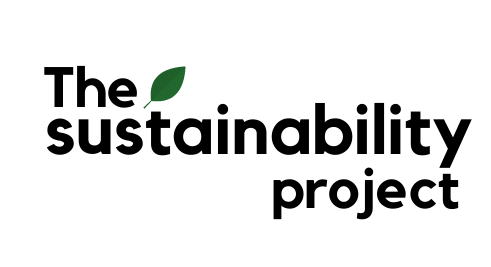Ask my friends, and all of them would tell you that I am an avid traveller. I jump at every opportunity to experience different countries, and nothing gets me more excited than being at the airport, looking up at the big digital signboards and eagerly checking for my gate number.
However, the more I travelled, the more I started to realise how much waste I was generating on each holiday. Ranging from simple things like single-use plastics to the massive aviation emissions, they contribute to your travel footprint.
So, if you’re an eco-conscious traveller like me, here are some tips for more sustainable travel.
Don’t print documents or tickets unless absolutely necessary
In the digital day and age, we hardly require a physical ticket or boarding pass. So, why not save yourself the hassle and simply save the e-ticket onto your phone?
If you are an iPhone user, you can even save your boarding passes and e-tickets onto your Apple Wallet.
While not printing your ticket might seem like just a small action that doesn’t make much of a difference, imagine how much paper waste we would save if everyone simply skipped the physical tickets!
Carbon offset your flight
Did you know that because planes fly high in the atmosphere, their carbon emissions add more to the greenhouse effect than normal carbon emissions on the ground? One way you can help to reduce this impact is by carbon offsetting your flight.
In simpler terms, carbon offsetting is a voluntary carbon tax, where you opt to pay to “make up” for your flight emissions.
Some airlines have their own carbon offset schemes, where customers simply opt to pay an extra fee while buying their air tickets. However, if your airline does not offer that option, you can choose to donate to different types of offset projects.
There are two main types of offset projects you can choose from – forestry projects and energy projects. Forestry projects channel their funds mainly into preventing deforestation or replanting new trees on cleared land. These trees then act as a carbon sink and absorb the carbon dioxide in the atmosphere.
Meanwhile, energy projects use the money to invest in renewable energy or more energy-efficient products to reduce greenhouse gas emissions.
To carbon offset your flight, you can use a carbon footprint calculator to find out the amount you need to pay to exactly offset your travel footprint (you have the option to pay more if you want!).
After which simply choose an offset project that you feel strongly for to donate to! Gold Standard is one of the most widely recommended websites to choose your offset scheme from.
If you would like to learn more about carbon offsetting, and what some of the best ways to offset are, check out calltoadventure’s interesting post about it!
Pack your own reusable kit
Saying no to the convenience of single-use plastics becomes even harder when you are on holiday. However, packing your own little zero-waste kit in a separate little bag helps.
Your kit should contain all of the basics: tote bags, reusable utensils (make sure they’re made of wood/bamboo, else you’ll have to give them up at customs!), a water bottle, and food container(s). This way, as you leave for a full day of activity, you can simply grab your kit and go!
Something that is also worth the mention is that many airlines have now phased out single-use plastics on flights. Some examples of such airlines include Singapore Airlines, Qantas (which operated the first ever zero-waste flight), Delta, United Airlines, Alaska Airlines, Etihad Airways, and many more.
However, it’s always safer to bring your own set of reusables just in case!
Stay at homes instead of hotels
I’m sure that many of us have noticed that hotels use lots of single-use products. It ranges from their toiletries to their bedroom slippers to the bottled beverages you find in your minibar.
Furthermore, staying in hotels means that your bedsheets are laundered and changed daily even if they don’t need to be. With the rise of homeowners renting out their houses for travellers on websites like Airbnb, it has become much easier for us to opt for homestays instead.
However, if you need to stay in hotels, hang the ‘do not disturb’ sign on the door before heading out. This avoids the unnecessary changing of your bedsheets.
Most hotels these days also have signs in their rooms that tell you what you need to do if you don’t want them to wash your bath towels or change the sheets.
To make your hotel stays more sustainable, you can also pack your own toiletries. Even though they are free, try not to drink the bottled water provided in your minibar.
Bring along your handy refillable water bottle instead! Feel free to check out this list to find out which countries have potable water that you can drink straight from the tap.
Walk as much as possible, or take public transport
When you are on vacation, it is often tempting to hail a cab or rent a car. However, not only does taking public transport help you save on costs, it also produces significantly less greenhouse gas emissions which contributes to reducing your travel footprint!
So, try to stay near a bus or train station on your holiday. It’ll make your life a whole lot easier!
If your destination is of walking distance, opt to walk instead. Not only does it result in zero emissions, you’re also getting in some extra exercise for the day too!
All in all, while generating waste when we travel is inevitable, we can always take steps to minimise our travel footprint and lessen our environmental impact. We hope the above tips have shown you that there’re ways we can explore the world while conserving our planet. Here’s to more sustainable travels ahead!

